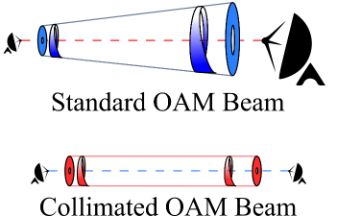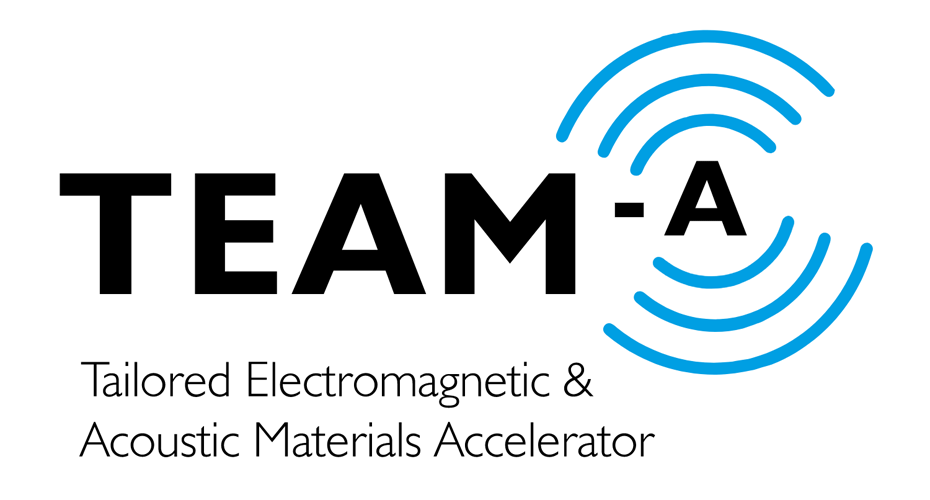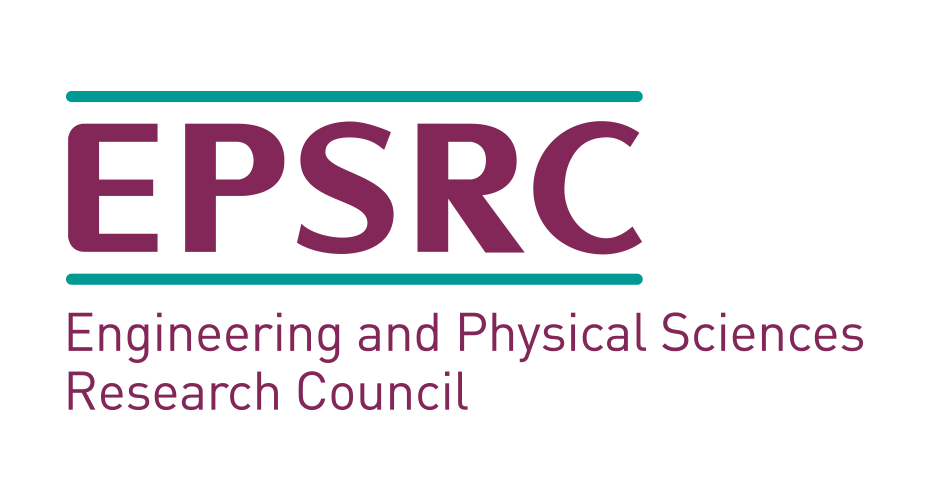Research Challenges
Research
- To be a recognised world leading centre for both the science and engineering behind and the exploitation of advanced new materials;
- To work with a diverse variety of companies;
- To bring together leading advanced materials and manufacturing research at Exeter and QinetiQ to address real technology and innovation challenges.
- Research excellence;
- Routes to manufacturing;
- Developing new generational entrepreneurial researchers;
- Partnering to bring exploitation science and technology.
| Research challenge | Academic staff |
|---|---|
| 1. New materials and structures that control the propagation of microwave and radio frequency radiation. |
|
| 2. To exploit the use of optical, infra-red and terahertz radiation for identification, signalling and imaging. |
|
| 3. New materials and structures that control the propagation of acoustic radiation. |
|
| 4. To develop predictive models of the propagation of electromagnetic and acoustic radiation, supporting the other research challenges. |
|
| 5. To explore novel approaches to the manufacturing of advanced materials. |
|
Author: Dr Joshua K Hamilton
The problem
In the modern world, the demand for vast amounts of data is increasing at an explosive rate. The wireless backhaul is a bottleneck and needs to be overcome so that 6G systems can be created. Radio frequency orbital angular momentum beams (OAM) are thought to be one solution.
OAM beams have the capability to improve the spectral efficiency of communication by multiplexing parallel data streams along multiple OAM modes at the same frequency. The current crucial drawback of OAM carrying beam being used for applications is the central vortex. For increasing OAM modes, the divergence angle of the beam increases. As a result, the receive aperture size required for optimum reception scales with the OAM mode - which is undesirable and results in the use of OAM beam for large distances virtually impossible.
Our solution
Notable work by F. Tamburini et al [1] focused on using a split parabola antenna to generate a single mode bean while collimating the divergent beam. We are developing a new approach to control the divergence of the OAM beam and generate broadband OAM beams. We are able to generate multiple OAM modes using a single uniform circular antenna array (UCA) [2]. Combining the UCA with a tailored parabolic mirror, we can successfully collimate the generated OAM beam for the range of operating frequencies of the antennas, without affecting the OAM structure of the beam. In addition to this work, we are also looking into methods of further enhancing the generated beam so that it could be useful for point-to-point communications.

Figure 1. Schematic diagrams showing the difference between a standard divergent OAM beam and a collimated beam.
References
[1] F. Tamburini, B. Thidé, E. Mari, A. Sponselli, A. Bianchini, and F. Romanato, “Encoding many channels on the same frequency through radio vorticity: First experimental test,” New J. Phys., vol. 14, 2012
[2] T. D. Drysdale, B. Allen, C. Stevens, S. J. Berry, F. C. Smith, and J. Coon, “How orbital angular momentum modes are boosting the performance of radio links,” IET Microwaves, Antennas Propag., vol. 12, no. 10, pp. 1625–1632, 2018.
Author: Dr Andrew Corbett
The problem
Computer simulation nowadays has the muscle to address problems previously thought out of reach. Especially in real-time imaging. Our broad problem is to simulate how light is transferred in deep and shallow waters; to produce an image of what one might see from above.

Our solution
Modelling a plane-parallel ocean is, at first glance, slow. This is because one must solve a two-point boundary value problem: there is a differential equation, as a function of depth, with a boundary at the surface and at the bottom. The core of our approach uses a technique to cut this problem in half, solving two initial (one-point) value problems and stitching the solution together at the join via a technique known as invariant embedding. This principal opens up the door to various new approaches, such as:
- Homogeneous patching of analytic solutions
- Multiple depth analysis via integration of the initial value problems
Our imaging model further relies on the following ingredients:
- Surface simulation of a water body
- Classification on the inherent optical properties of the water body
- Solutions for the boundary conditions of the ocean floor
The 1D output tells us the strength of radiation at all depths of the ocean (see below). Our next prerogative is build a bird-eye view.
Outlook
The product we are developing provides foresight. Our ambition is to provide a great deal of data about what may be seen in the water without ever having to dip your toes in. Can we detect objects a short distance below the sea’s surface (e.g. ‘growlers’ – shipping containers that are a threat to shipping) or on the seabed (e.g. oil pipes and lost cargo)? How accurately can we monitor the health of a coral reef? What colour/texture should life vests exhibit to most easily be spotted from above? These are amongst the scenarios we wish to simulate accurately for metamaterial design.
Authors: I. R. Hooper1, N. E. Grant2, L. E. Barr1, S. M. Hornett1, J. D. Murphy2, and E. Hendry1
1. University of Exeter
2. University of Warwick
The problem
Every device used to manipulate electromagnetic waves is aiming to alter the wave in some manner, frequently via temporal or spatial modulation. Temporally modulating waves is essential in a wide range of applications such as in communications and signal processing, whilst spatial modulation is key to imaging, beam steering, etc. At optical and infra-red frequencies there are various methods one can employ to modulate waves, such as liquid crystal devices that can modulate both temporally and spatially, whilst at radio frequencies electrical circuits can be used. However, in the ever-increasingly technologically important mm-wave and THz frequency bands there is a lack of suitable efficient modulators.
Our solution
Illuminating a silicon wafer with optical photons generates charge carriers (electron-hole pairs), leading to a corresponding increase in conductivity (a process known as photoconductance). Non-photoexcited silicon is mostly transparent to mm-wave and THz radiation, with any increase in conductivity making it more opaque. Thus, by simply shining optical light on to a silicon wafer one should be able to modulate the intensity of mm-wave and THz radiation transmitted through it. And, since the conductivity can be temporally modulated by simply turning the photoexciting light off and on, or spatially modulated by patterning the photoexciting light, such a modulator could be of use in an incredibly wide range of applications.
However, the modulation one can achieve in this way using an off-the-shelf silicon wafer is hugely inefficient, requiring very large optical powers and expensive high-powered laser systems to achieve a significant degree of modulation. This is due to the photoexcited electrons and holes recombining on time scales of the order of microseconds, limiting the build-up of the charge carriers and the corresponding increase in conductivity. Whilst there are various processes by which this recombination occurs, it is dominated by recombination at the surface of the wafer. By working with experts in high efficiency solar cells we have used a state-of-the-art surface treatment that effectively eliminates this surface recombination [1]. This has resulted in the lifetime of the charge carriers being increased to 10s of milliseconds, increasing the efficiency of the modulator by approaching 4 orders of magnitude. This can be seen in figure 1 in which the modulation depth (the normalised change in transmission through the wafer) of our treated silicon wafer is compared to off-the-shelf wafers, and to wafers that have undergone different surface treatments as taken from the literature [2]. Indeed for one of our modulators we achieve a 50% reduction in the power transmitted through our wafer for just 2 W/m2, which corresponds to approximately 1/500th the power of strong daylight at zenith.
Published publications
Many more in progress:
1. I. R. Hooper, L. E. Barr, S. M. Hornett, E. Hendry, N. E. Grant, J. D. Murphy. ‘High Efficiency THz and RF Photomodulators”. Scientific Reports.
2. L. E. Barr, P. Karlsen, S. M. Hornett, I. R. Hooper, M. Mrnka, C. R. Lawrence, D. B. Phillips, E. Hendry. ‘Super-resolution imaging for sub-IR frequencies based on total internal reflection’. Optica.
3. L. E. Barr, I. R. Hooper, D. B. Phillips, C. R. Lawrence, E. Hendry. ‘Efficient mm-wave photomodulation via coupled Fabry-Perot cavities’. Journal of Applied Physics.
4. J.K. Hamilton, S. J. Berry, J.H. Spencer, C.R. Lawrence, T.D. Drysdale. ‘Three-dimensional profiling of collimated radio-frequency orbital angular momentum beams’. IET Microwaves, Antennas & Propagation.
5. M. Baraclough, S. S. Seetharaman, I. R. Hooper, W. L. Barnes. ‘Microwave metamaterial analogues of molecular aggregates’. Nature Materials.
6. D. Matsunaga, J.K. Hamilton, F. Meng, N. Bukin, F. Y. Ogrin, J. M. Yeomans, and R. Golestania. ‘Controlling collective rotational patterns of magnetic rotors’. Nature Communications.
7. J. G. Beadle, I. R. Hooper, J. R. Sambles, A. P. Hibbins. ‘Broadband, slow sound on a glide-symmetric meander-channel surface’. Journal of. The Acoustical Society of America.
8. A. W. Powell, J. Ware, J. G. Beadle, D. Cheadle, T. H. Loh, A. P. Hibbins, and J. R. Sambles. ‘Strong, omnidirectional radar backscatter from subwavelength, 3D printed metacubes’. IET Microwaves, Antennas & Propagation.
9. M. Baraclough, I. R. Hooper, W. L. Barnes. ‘Investigation of the coupling between tunable split-ring resonators’. Physical Review B.
10. S. S. Seetharaman, B. Tremain, W. L. Barnes, I. R. Hooper. ‘Realizing an ultra-wideband backward-wave metamaterial waveguide’. Physical Review B.
11. P. S. Keatley, E. R. Glover, B. Tremain, I. R. Hooper, A. P. Hibbins, R. J. Hicken. ‘A Ferrite-Filled Cavity Resonator for Electronic Article Surveillance on Metallic Packaging’. IEEE Transactions on Magnetics.
12. M. Baraclough, I. R. Hooper, W. L. Barnes. ‘Direct Observation of Defect Modes in Molecular Aggregate Analogues’. Physical Review B.
13. J. K. Hamilton, I. R. Hooper, C. R. Lawrence. ‘Absorption Modes of Möbius Strip Resonators’. Sci. Rep.
14. J.K. Hamilton, C.R. Lawrence, and J. Bows. Ultra-Broadband characterisation system for the dielectric proprties of food materials. Ampere 2021 Proceedings
15. J. K. Hamilton, I. R. Hooper, C. R. Lawrence. Exploring microwave absorption by non-periodic metasurfaces. AEM




